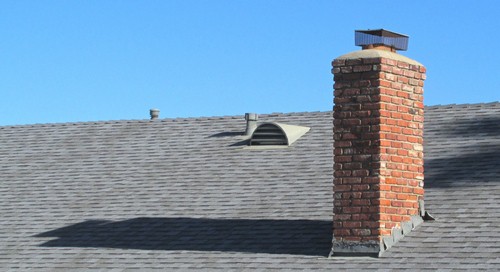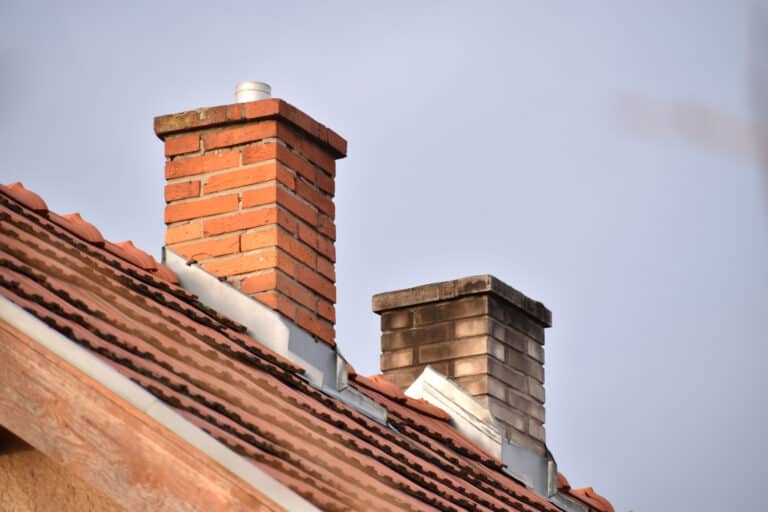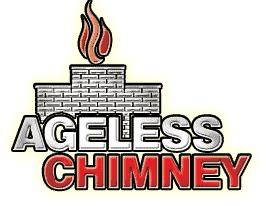Chimney Company in Soho NY.
What our clients say




View our work
Browse all Services
contact us
Top 8 Reasons Why a Professional Chimney Company Should Be Your First Choice for Chimney Cleaning

Unmatched Chimney Cleaning Services in New York County
Welcome to Ageless Chimney, your trusted chimney company in Soho, NY. With nearly two decades of experience in the industry, we take pride in providing top-notch chimney cleaning services to homeowners and businesses in New York County. Our team of highly skilled professionals is dedicated to ensuring the safety and efficiency of your chimney system. From routine cleanings to chimney repairs, we have the expertise and knowledge to meet all your chimney needs. Contact us today at 516-795-1313 to schedule an appointment and experience the difference of working with a professional chimney company.
Owner Operated
Because all jobs are handled by an owner, you can rest assured that your project will command the attention it deserves.
Free Estimates
Great service at the best price. We will not be undersold. Our estimates are FREE and we will beat any written estimate.
24-Hour Emergency Service
Ageless Chimney is one of a few chimney companies to offer TRUE 24-hour emergency service should you need it.

8 Reasons to Hire a Soho, NY Chimney Company to Clean Your Chimney
Regular chimney cleaning is essential for maintaining a safe and functional fireplace or heating system. Over time, soot, creosote, and debris can accumulate in your chimney, leading to various issues such as poor air quality, decreased efficiency, and even fire hazards. When it comes to cleaning your chimney, you might be thinking about doing the job yourself, but hiring a pro is a much better way to go.
Here are 8 reasons why you should hire a professional chimney cleaning company in Soho, NY like Ageless Chimney to clean your chimney.
Unmatched Expertise and Experience
At Ageless Chimney, we have a team of experienced chimney technicians who possess extensive knowledge and skills in chimney cleaning. With nearly 20 years of hands-on experience, we are well-equipped to handle any chimney-related concerns with precision and efficiency.
Comprehensive Chimney Cleaning Services
We offer comprehensive chimney cleaning services tailored to meet the specific needs of our clients. From inspecting and sweeping chimneys to removing debris and obstructions, our technicians follow industry best practices to ensure a clean and safe chimney system.
Ensuring Safety and Efficiency
A clean chimney is crucial for the safety and efficiency of your heating system and your New York County home. By regularly cleaning your chimney, we help prevent the buildup of hazardous substances like creosote, which can lead to chimney fires. Additionally, a clean chimney improves the airflow and ensures optimal performance of your fireplace or heating appliance.
Extending the Lifespan of Your Chimney
Proper chimney maintenance, including regular cleaning, can significantly extend the lifespan of your chimney. By removing damaging deposits and addressing potential issues in a timely manner, our professional chimney cleaning services help prevent costly repairs and prolong the longevity of your chimney system.
Identifying and Addressing Chimney Issues
During the chimney cleaning process, our skilled technicians will thoroughly inspect your New York County chimney for any signs of damage or deterioration. By detecting issues such as cracks, leaks, or damaged components, we can promptly address them, preventing further damage and ensuring the integrity of your chimney system.
Compliance with Safety Standards
As a professional chimney company in Soho, NY, we adhere to industry safety standards and regulations. By choosing our services, you can have peace of mind knowing that your chimney will be cleaned and maintained according to the highest standards of safety and quality.
Timely and Reliable Service
We value your time and strive to provide prompt and reliable service. When you choose Ageless Chimney, you can expect our technicians to arrive on schedule, complete the chimney cleaning efficiently, and leave your property clean and tidy.
Affordable and Competitive Pricing
At Ageless Chimney, we believe that chimney cleaning services should be accessible and affordable. We offer competitive pricing without compromising on the quality of our work. Rest assured, you will receive excellent value for your investment when you choose us as your chimney cleaning partner.

Schedule a Chimney Cleaning Today!
When it comes to chimney cleaning in Soho, NY, Ageless Chimney is the name you can trust. With our expertise, comprehensive services, and commitment to safety, our chimney company is the top choice for homeowners and businesses in New York County. Contact us today at 516-795-1313 to schedule your chimney cleaning and ensure a clean, safe, and efficient chimney system.
Have a question?
Useful Links
Here are some chimney-related links:
